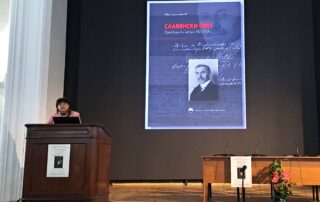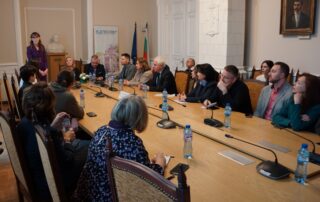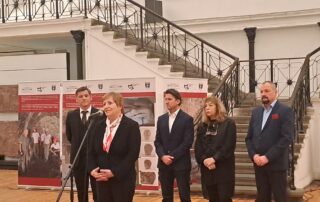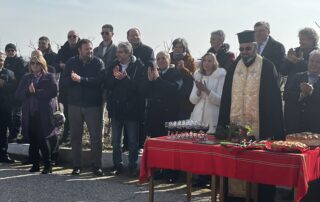Icarus Award for Prof. Nikolay Iordanov from the Institute of Art Studies of BAS
On World Theatre Day, 27 March, the "Icarus" National Performing Arts Awards of the Union of Bulgarian Actors were presented. At a ceremony at the National Theatre, Prof. Nikolay Iordanov from the Theatre Department of the Institute of Art Studies of BAS received the award in the category of critical text for the book "The Bulgarian Dramaturgical Canon. Forming, Rearranging, Rereading" („Българският драматургичен канон. Формиране, пренареждане, препрочитане“), Sofia: Institute of Art Studies & Homo Ludens Foundation, 2024. The prize was awarded by the guild of theatre scholars and playwrights. Nikolay Iordanov's monograph aims to highlight those authors and titles in Bulgarian dramaturgy that have long-term validity in different historical situations and for diverse social groups. It traces the socio-cultural filters of recognition - theatrical, literary, [...]







